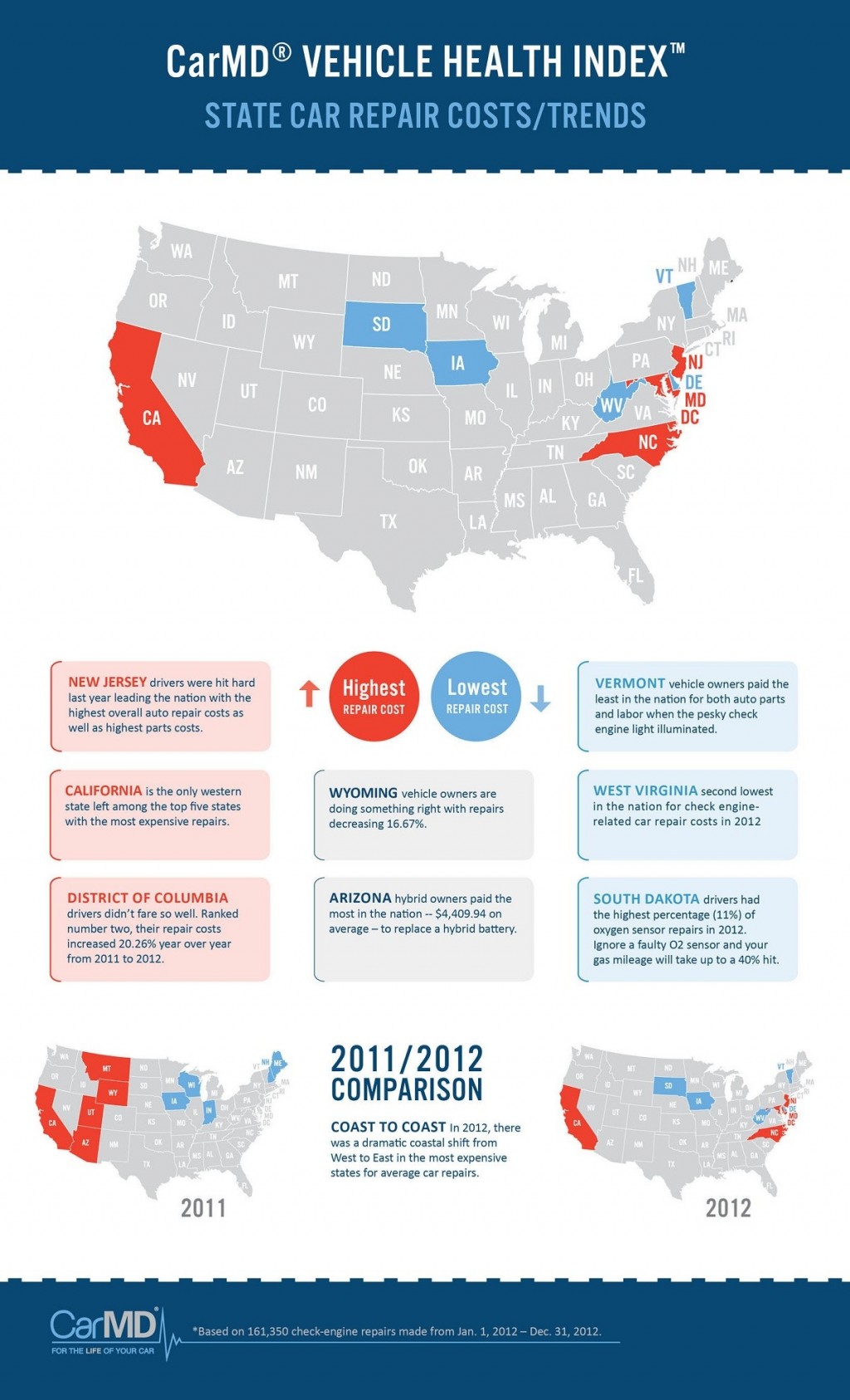Analyzing Your Automobile'S Caution Indicators: What They Actually Share
Analyzing Your Automobile'S Caution Indicators: What They Actually Share
Blog Article
Written By-Lauritsen Winters
When you lag the wheel, those beautiful warning lights on your control panel can be a bit complicated. Do you know what they're trying to tell you about your automobile's health? Comprehending the relevance of these lights is crucial for your security and the durability of your automobile. So, the following time among those lights turns up, wouldn't you want to decipher its message accurately and take the necessary actions to address it?
Common Warning Lighting and Interpretations
Recognize typical caution lights in your car and understand their definitions to make sure safe driving.
One of the most regular warning lights consist of the check engine light, which indicates problems with the engine or emissions system. If this light comes on, it's critical to have your lorry inspected immediately.
The oil pressure cautioning light suggests low oil pressure, calling for prompt attention to prevent engine damages.
A flashing battery light may recommend a faulty billing system, possibly leaving you stranded otherwise addressed.
The tire stress surveillance system (TPMS) light alerts you to low tire stress, impacting lorry security and gas performance. Disregarding see post might cause unsafe driving problems.
The ABS light shows an issue with the anti-lock braking system, compromising your ability to quit swiftly in emergency situations.
Last but not least, the coolant temperature level cautioning light warns of engine overheating, which can lead to severe damage if not dealt with swiftly.
Recognizing these usual warning lights will help you attend to issues immediately and preserve safe driving problems.
Significance of Prompt Interest
Understanding the common warning lights in your cars and truck is just the initial step; the significance of quickly resolving these warnings can not be highlighted sufficient to guarantee your safety and security when driving.
When a caution light brightens on your dashboard, it's your automobile's method of interacting a prospective problem that requires attention. Ignoring these warnings can result in much more extreme troubles later on, compromising your security and possibly costing you more in repairs.
Prompt interest to alerting lights can avoid break downs and mishaps. For example, a flashing check engine light might indicate a misfire that, if left neglected, might cause damage to the catalytic converter. Addressing https://elliotqkfzt.bloggosite.com/37866250/deciphering-your-car-s-warning-indicators-what-they-genuinely-symbolize can save you from a costly repair service.
Likewise, a brake system alerting light could signal reduced brake fluid or worn brake pads, vital elements for your safety when driving.
Do It Yourself Troubleshooting Tips
If you see a warning light on your control panel, there are a few do it yourself troubleshooting pointers you can try before seeking expert assistance.
The very first step is to consult your car's guidebook to comprehend what the particular warning light shows. Often the problem can be as basic as a loose gas cap triggering the check engine light. Tightening up the gas cap might settle the trouble.
Another usual issue is a low battery, which can trigger different advising lights. Examining the battery connections for rust and ensuring they're protected may repair the issue.
If a warning light lingers, you can try resetting it by separating the vehicle's battery for a few minutes and after that reconnecting it. In https://archeriexsl.smblogsites.com/31204505/the-future-landscape-of-vehicle-describing-crucial-fads-and-arising-technologies-to-observe , checking your automobile's fluid degrees, such as oil, coolant, and brake fluid, can assist fix advising lights related to these systems.
view it now
In conclusion, understanding your vehicle's caution lights is vital for keeping your automobile running efficiently and safely. By immediately dealing with these alerts and understanding what they indicate, you can avoid costly repair services and possible malfunctions.
Bear in mind to consult your automobile's manual for certain details on each alerting light and do something about it as necessary to guarantee a hassle-free driving experience.
Keep informed, remain safe when traveling!
